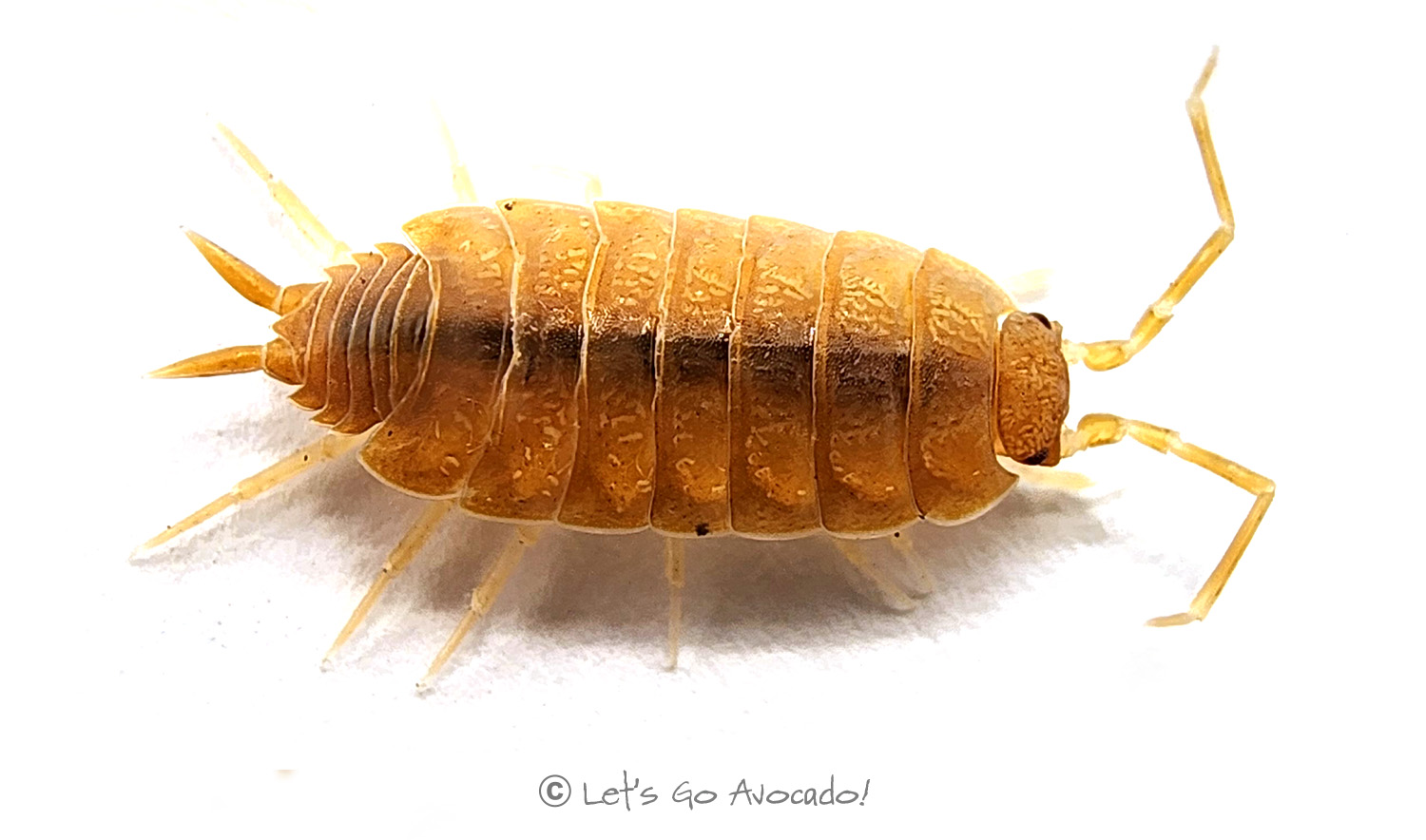

Powder Orange
Porcellionides pruinosus 'orange'
This page may contain affiliate links.
Read our disclosure and privacy policy here.
Porcellionides pruinosus ‘orange’, is commonly known as the powder orange isopod. It is the orange version of the Powder Blue isopod. It is a species of terrestrial isopod renowned for its striking orange coloration and unique appearance. These small crustaceans are native to Europe. The powder orange isopodsAn isopod is a type of small creature that belongs to the crustacean family, just like crabs and lobsters. They have a special body shape with a hard outer shell, which protects their soft insides. Learn More are characterized by their flattened oval-shaped bodies and segmented exoskeleton, which is covered in a powdery coating that gives them their distinctive hue. They are highly adaptable and can thrive in a range of habitats, including forests, gardens, and even indoor terrariums.
Powder Orange
Common Name
Latin Name
Distribution
Appearance
Size
Habitat
Behavior
Diet
Lifecycle
Communication
Defense Mechanisms
Ecological Importance
Colony Structure
Conservation Status

There’s a lot to explore right where we are, in our own neighborhoods and backyards! Join us while we get off the couch and explore the everyday wonders of nature, science, space, engineering, art, and anything else we stumble upon during on our adventures.







